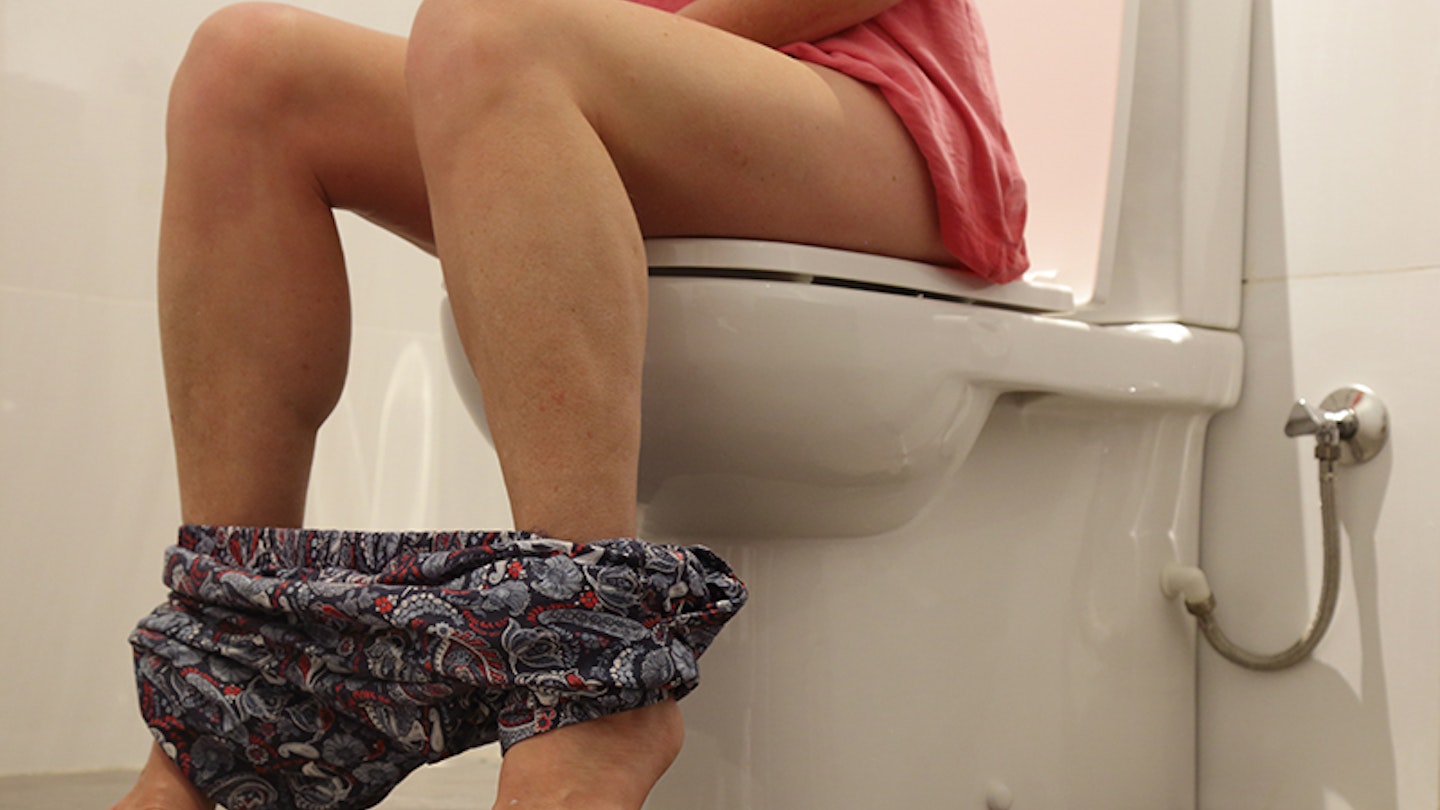As much as you might hope that all the symptoms of having a baby are over after you give birth, sadly that is rarely the case. Something the majority of women will experience is postnatal bleeding or discharge, known as lochia.
We got the lowdown from Dr Ellis Downes, Consultant Obstetrician and Gynaecologist at The Portland Hospital, part of HCA Healthcare UK,about everything you need to know.
What is lochia?
“Lochia is also known as post-party discharge. It is the normal discharge of mucus and blood from the vagina that develops after giving birth.
It usually begins straight after birth and can continue for up to six weeks postpartum – however, the heaviest flow tends to be during the first two weeks. Lochia varies from woman to woman, with some experiencing it for a shorter period of time than others. Lochia tends to persist longer after a Caesarean section than a vaginal delivery.
"Lochia is similar to a period, except it may be heavier initially, and lasts longer. Alongside this, lochia might contain blood clots as well as remnants from the placenta and other materials that can be shed from the uterus after birth.
"It’s important to check that blood clots are no bigger than the size of a small plum and that you are not passing multiple clots within a 24-hour period. You should also not pass more than one pint of blood in the first 24 hours. If you do, or you feel in any way unwell, call your midwife, doctor, or 111 for advice.”
Can I get lochia after a c-section?
“Yes, you can, however, you might experience less lochia than those who have had a vaginal delivery. This is because the obstetricians carefully check the placenta and membranes have been removed from the uterus at the time of the c-section.”
How long does lochia last?
“Lochia tends to last around 10 to 14 days but can last for as long as six weeks."
Over time, lochia will likely change in consistency and appearance. Many women notice the following:
-
Initially, lochia is dark red, and the flow may be heavy. This is when most clots leave the vagina.
-
Between around days four and 10, lochia should get lighter and have a more pinkish or brownish hue.
-
After approximately 10 to 14 days, lochia should become similar to spotting or a very light period.
-
For the remaining days or weeks, lochia should look more like a watery mucus and will be white or yellow in colour.

What causes lochia?
“From the time of conception to delivery of the baby, your uterus increases significantly in size (roughly 500 times bigger!). After delivery, the uterus, over a few weeks returns to its pre-pregnancy size and excess tissue, and fragments of placenta and membranes, are shed. naturally, once your baby has been born, it needs to shrink back down. To do this, it contracts and sheds the additional tissue gained. The material leaving the body is referred to as lochia.”
How should I manage lochia?
“Lochia is a natural and necessary bodily function, so you should not attempt to do anything to prevent it from happening.
"There are many products to help women manage lochia postpartum, including specially designed underwear and large absorbent maternity pads, which are designed to help increase protection and comfort. However, you shouldn’t wear tampons initially during this time to avoid infection.
"During this time, I’d recommend that you wear loose and comfortable clothing. You can also take over-the-counter pain relief if you experience cramping.
"Additionally, try to get as much rest as possible – it is not always easy with a newborn baby – but this will help generally with postpartum recovery.”
Does lochia smell?
“Lochia does have an odour, which is typically a musty smell and similar to menstrual discharge.
"If your lochia smells particularly strong or foul, this might indicate infection. If you experience this, please report it to your midwife or GP who can help.”
When should I see a doctor?
“Whilst it is normal to pass a lot of blood in the first week or so, excessive bleeding and clotting, otherwise known as postpartum haemorrhage (PPH), is a medical emergency. It is determined by how much blood you lose (over 500ml in 24 hours) and predominantly happens within the first day or so after birth. However, although unusual, it can occur later than this."
PPH happens in about 1-5 per cent of women, so it’s important that you monitor how much blood you are passing. It can be life-threatening if treatment is not sought early on, so do make sure you seek advice if you are unsure.
Symptoms of PPH include:
-
Excessive clotting
-
Consistently heavy bleeding over the space of 12-24 hours
-
Extreme fatigue
-
Chills and/or a high temperature
-
Feeling light-headed
-
Confusion
-
Blurred vision
-
Pale and clammy skin
-
Cramping or swelling in the lower abdomen and vaginal area
-
Nausea
-
Palpitations or a rapid heartbeat
These are all signs of PPH or infection and medical treatment should be sought immediately.
Additionally, if your lochia remains heavy for more than two weeks postpartum, or if you are still experiencing lochia after 7 or 8 weeks postpartum, you should speak to your midwife or GP.
